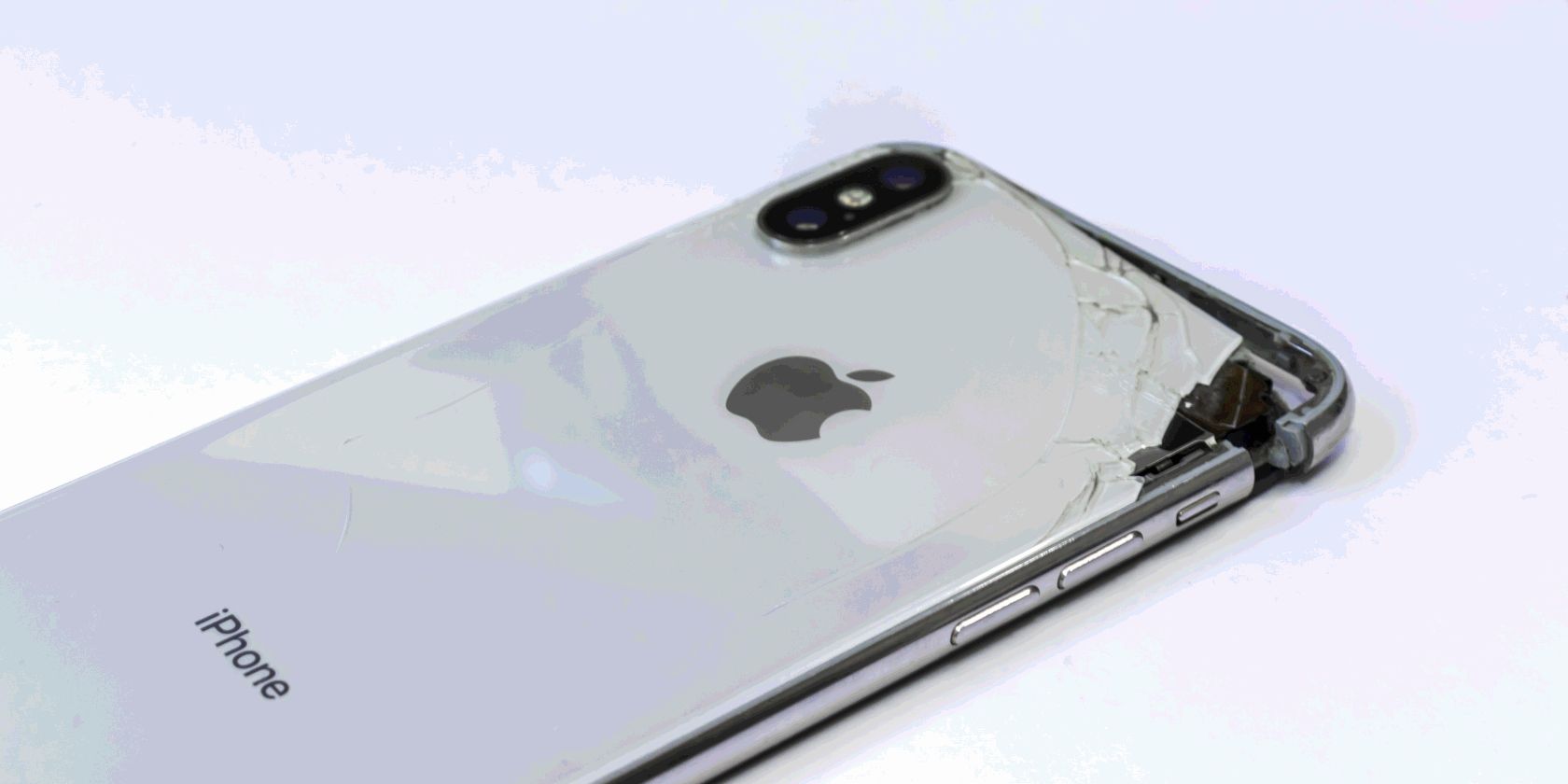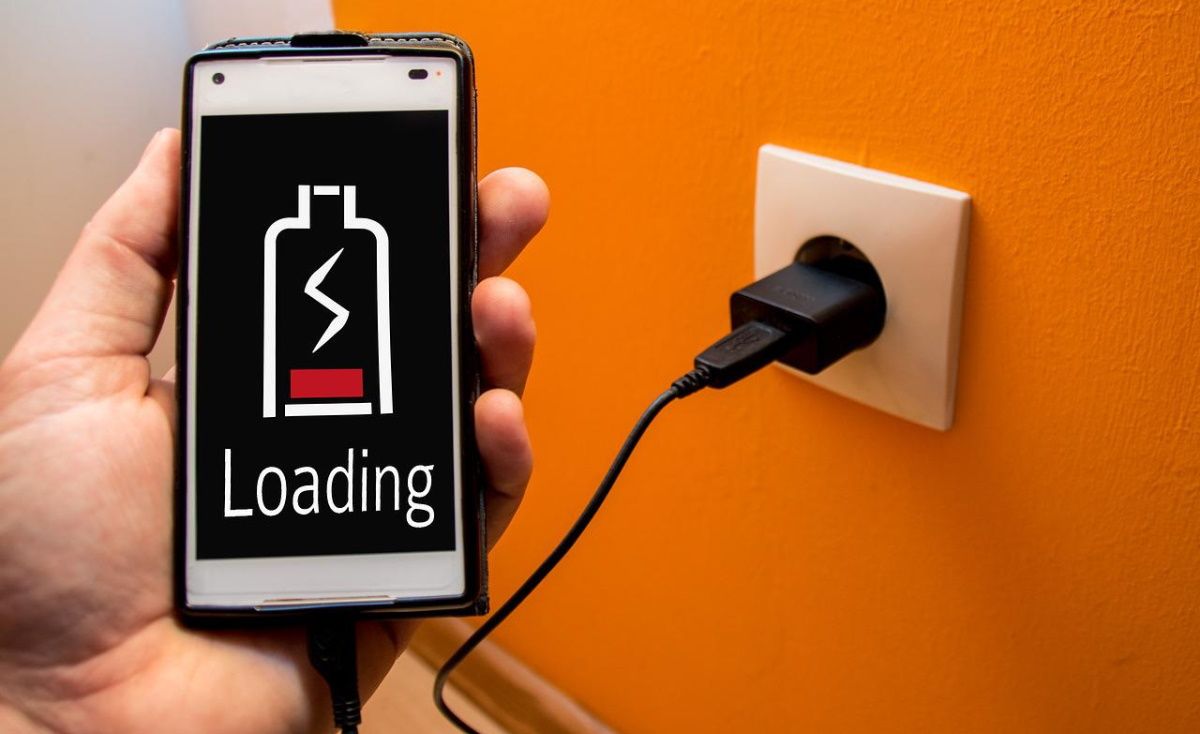Are you wondering how you can increase your smartphone’s lifespan? Let’s start with the common mistakes you might be making that damage your smartphone.
Your smartphone is likely your most inseparable companion. It wakes you up in the morning, keeps you connected to family and colleagues, stores all your precious memories, and more.
That said, it makes sense that you’d want to do everything to keep this little life-changer running smoothly for as long as possible. For the most part, achieving this goal should start with knowing and avoiding some everyday habits shortening your phone’s lifespan.
1. Prolonged Exposure to Extreme Temperatures
If you are guilty of leaving your smartphone in your car on hot sunny days or cold winter nights, charging it under your pillow, or using energy-intensive apps in direct sunlight, you are not doing your device any favors.
Besides draining your battery faster (and causing you to charge more), prolonged exposure to extreme heat can speed its aging process or cause permanent damage to your device. That’s because modern smartphones use lithium-ion batteries that don’t do well when exposed to extreme temperatures.
With this in mind, it is best to avoid using your device in direct sunlight or any other environment with extremely high temperatures. If you notice your smartphone is getting hot while using it, let it cool off a bit before you continue using it.
2. Using the Wrong Charger
You might think all chargers are created equal and that as long as a cable’s connector fits into your phone, it will work just fine. Yes, it will likely charge your phone, but it might not do it as efficiently as the charger that came with your device. What’s more, an incompatible charger can diminish your battery’s lifespan or even damage the charging port of your phone.
Not all chargers deliver the same amount of power, and some are just better quality than others. However, this does not mean you have to settle for your device’s original charger. You can buy chargers from reputable brands and check if they are safe to use.
Just make sure they are certified by the manufacturer and have the correct output for your device. For example, if you use an iPhone, you can get your accessories from MFi certified Apple manufacturers.
3. Downloading Malicious Apps
You might be tempted to explore other sources when you can’t find an app on the Play Store or App Store. However, downloading apps from unofficial sources or third-party app stores can put you at risk of exposing your device to malware.
Malicious apps can infect your device with viruses and spyware that can steal your personal information, passwords, and even banking details. What’s more, they can give cybercriminals access to your device’s camera and microphone.
For the most part, it’s safer to download your apps from official stores because they have a screening process to prevent malicious apps from appearing in their listings, giving you a better chance of avoiding them.
4. Manually Cleaning Background Apps
Do you often close all the apps running in the background on your phone to improve its performance? Well, that’s actually not necessary and can even do more harm than good.
It’s easy to believe that having several apps running in the background when you are not actively using them can slow down your device. However, most modern smartphones are designed to handle such workloads, keeping them in a low-power state until they’re needed.
It’s better to leave them running in the background than to force-close them because your phone uses less power to switch from an active app to a background app, allowing you to resume from where you left off more quickly and putting less strain on your device.
On the other hand, your smartphone requires more power to restart an app from scratch than resume it from a low-power state. This is similar to your heater, which requires more energy to heat up than to maintain your desired temperature.
5. Ignoring Updates
You probably dislike those pesky notifications telling you a new software update is available for your phone or specific apps. However, these are necessary interruptions that will help keep your device running smoothly and securely.
In general, these updates don’t only focus on improving the user experience, but they often include security patches that address newly discovered vulnerabilities. By ignoring them, you are essentially exposing your phone to malware attacks.
In addition to this, updates often fix bugs that can cause your phone to malfunction or perform slowly. So, the next time you receive that notification, make sure you download and install the update as soon as possible.
6. Using Public Wi-Fi
Even more tempting than ignoring software updates is using free public Wi-Fi whenever you visit your favorite coffee shop. However, this convenience comes with some risks.
Public Wi-Fi hotspots are notoriously insecure because they are often unencrypted or have weak security measures. This makes it easy for bad actors to steal personal information like passwords and banking details if you connect to one of these networks.
In addition to this, you also risk infecting your phone with malware that can lead to apps frequently crashing for no reason, overheating, and shortened battery life.
If you must use public Wi-Fi, connect to password-protected and encrypted networks only. You should also refrain from visiting sensitive websites that might compromise your device and personal information, like online banking services.
7. Bad Charging Habits
Although your battery’s capacity will degrade over time, some bad charging habits can speed up this process.
For example, allowing your battery to run down or fully charge to 100% is not ideal for its long-term health. This is so because your battery has a limited number of charge cycles, and repeating this process over time reduces its performance.
Ideally, aim to keep your phone charged between 30%-80%, as you will use fewer charge cycles and improve your battery’s lifespan.
In addition to this, your phone typically heats up when charging, which is okay to some extent. However, if it gets too hot, this can cause permanent damage to your battery. So, try to charge your phone in a cool or well-ventilated place and avoid putting it under your pillow or in direct sunlight.
Improve Your Smartphone’s Lifespan by Avoiding These Mistakes
While it is not always easy to keep your phone in top condition, doing so is necessary if you want to get the most from your device and enjoy using it for as long as possible. By avoiding the mistakes mentioned above, you can keep your phone running smoothly while prolonging its lifespan.





